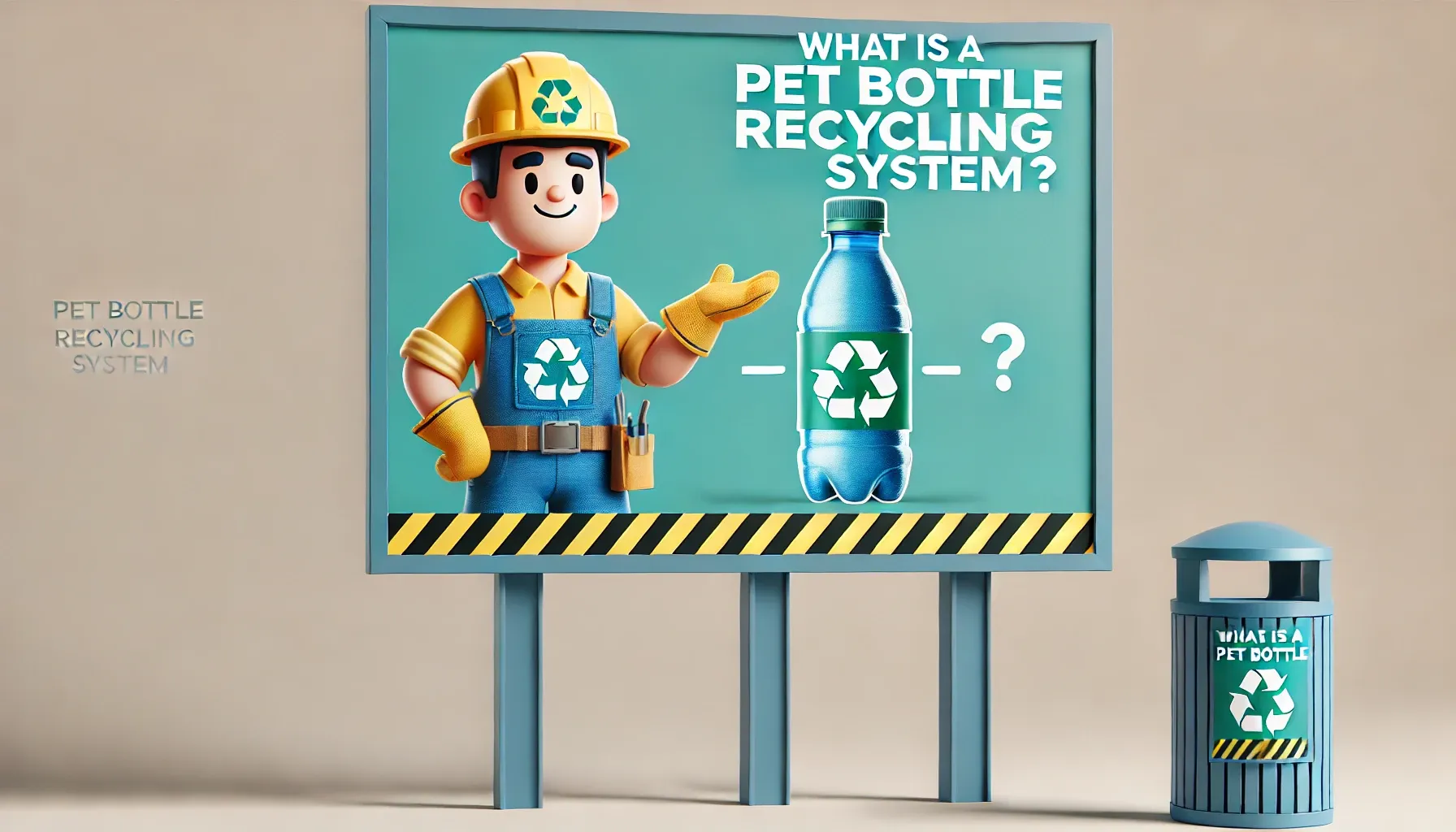A خط غسيل وإعادة تدوير زجاجات PET is an advanced, integrated system of machinery engineered for one core purpose: to transform highly contaminated, baled post-consumer PET bottles into exceptionally clean PET flakes (rPET). This clean output serves as a valuable raw material, ready to be used in manufacturing new, high-quality products, effectively closing the loop in the circular economy.
Why a High-Quality PET Washing Line is Non-Negotiable
Post-consumer PET bottles are never clean. They arrive at a recycling facility bundled with a host of impurities that must be meticulously removed. If not, the resulting rPET is low-grade and has limited commercial value. A professional plastic recycling system is designed to tackle these contaminants head-on:
- Labels & Adhesives: Paper and plastic (PVC, OPP) labels attached with industrial glue.
- Caps and Neck Rings: Made from other polymers, typically PP (polypropylene) and PE (polyethylene).
- الأوساخ والأوساخ: Soil, sand, and other organic matter accumulated during collection.
- Liquid Residue: Sugars, oils, and other leftover contents.
- Mixed Contaminants: Other plastics, metal, glass, and miscellaneous trash.
Only by systematically removing these impurities can you produce the high-purity rPET flakes required for profitable applications, such as food-grade packaging or premium polyester fibers. This is precisely what a well-designed خط غسيل الحيوانات الأليفة achieves.
The 8 Essential Stages of a PET Bottle Washing Line
While specific configurations can be customized, every effective PET washing line incorporates a multi-stage process to guarantee a pure final product. Here’s how it works:
Stage 1: Bale Breaking
The process begins with compressed bales of PET bottles being fed into a كاسر البالات. This machine aggressively de-compacts the bales, separating the bottles to ensure a consistent and even flow into the rest of the washing line.
Key Benefit: Creates a steady, manageable material stream, preventing clogs and maximizing throughput.
Stage 2: Pre-Sorting & De-Labeling
Here, large, obvious contaminants (like rocks, metals, and non-PET plastics) are removed. This is often followed by a mechanical de-labeler, which uses friction to tear off over 80-90% of the bottle labels before the washing process even begins.
Key Benefit: Protects downstream equipment like granulators from damage and improves the efficiency of the washing stages.
Stage 3: Wet Grinding / Crushing
The whole bottles are conveyed into a high-speed المحبب or crusher. This machine, often operating with water, cuts the bottles into uniform flakes (typically 12-16mm). The water helps pre-clean the material and reduces wear on the blades.
Key Benefit: Grinding into flakes dramatically increases the surface area, making the cleaning process far more effective and efficient.
Stage 4: Label & Dust Separation
An air classifier, often called a Zig-Zag Separator, is used to remove the remaining label fragments. A cyclone system generates a current of air that blows the lighter paper and plastic label pieces away from the heavier PET flakes.
Key Benefit: Efficiently removes low-density contaminants, significantly purifying the flake stream.
Stage 5: Hot & Cold Washing
This is the heart of the cleaning process. The flakes undergo several washing cycles:
- الغسيل الساخن: Flakes are washed in a hot washer with water heated to 85-95°C, typically with a caustic soda solution. This powerful step sterilizes the material, dissolves all remaining glue, and removes oils and greasy residues.
- Friction Washing & Rinsing: High-speed friction washers scrub the flakes against each other, and subsequent rinsing tanks wash away any remaining detergents and contaminants.
Key Benefit: The hot wash is critical for dissolving tough adhesives and ensuring the highest level of cleanliness for the rPET flakes.
Stage 6: Float-Sink Separation
The mixed flakes enter a float-sink tank filled with water. This stage brilliantly uses the simple physics of density. The heavier PET flakes (density ~1.33 g/cm³) sink to the bottom, while the lighter PP/PE caps and rings (density <1 g/cm³) float to the top and are skimmed off.
Key Benefit: This is the most crucial step for separating different plastic types, achieving a PET purity level of over 99%.
Stage 7: Dewatering & Drying
Moisture must be almost entirely removed. This is a two-step process:
- Mechanical Dewatering: A centrifugal (spin) dryer first removes the bulk of the water, quickly reducing moisture content to around 2-3%.
- التجفيف الحراري: The flakes then pass through a hot air thermal drying system, which reduces the final moisture content to below 1%.
Key Benefit: Dry rPET flakes are stable for storage and meet the strict requirements for downstream processing like pelletizing or sheet extrusion.
Stage 8: Final Quality Control & Packing
In top-tier lines, the finished flakes pass through a final “flake sorter” to remove any remaining off-color or non-PET flakes. A dust removal system ensures a clean final product before it’s packed into large jumbo bags, ready for sale or internal use.
Key Benefit: Guarantees the highest possible product quality, commanding a premium price in the market, especially for bottle-to-bottle recycling.
The Business Case for an Advanced PET Recycling Line
Investing in an effective خط غسيل وإعادة تدوير زجاجات PET is not just an environmental decision; it’s a strategic business move. A reliable, high-throughput system creates significant value by transforming low-cost waste into a high-demand industrial commodity. The key benefits that leading businesses look for are:
- High-Purity Output: Consistently producing clean rPET flakes with low contamination levels (PPM).
- Maximum Efficiency: Optimizing water and energy consumption while processing the maximum tonnage per hour.
- Automation & Reliability: Reducing labor costs and ensuring minimal downtime for continuous, profitable operation.
- خلق القيمة: Turning post-consumer waste into a valuable feedstock that strengthens the circular economy and your bottom line.
Conclusion: Your Partner in PET Recycling
A خط غسيل وإعادة تدوير زجاجات PET is a cornerstone technology for any serious player in the plastics recycling industry. By methodically removing impurities through its integrated stages, this system is essential for producing the premium-quality rPET flakes that the modern, sustainable market demands. For businesses aiming for efficiency, reliability, and profitability, choosing the right washing line is a critical investment in the future.



